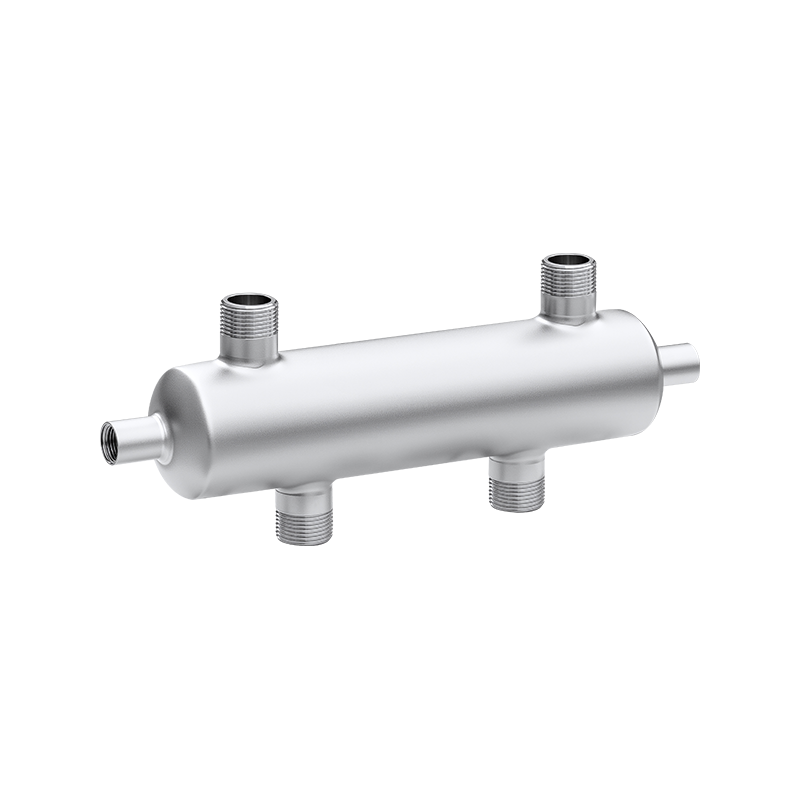The evolution of floor heating technology has seen significant progress in recent years, with new designs in floor warmers focusing on improved comfort and precise temperature control. Central to these advancements is the role of the back plate of manifolds, which has become a key component in ensuring efficient distribution of heat throughout indoor spaces. By integrating innovative features into both floor warmers and the back plate of manifolds, modern systems offer users a more comfortable and adaptable heating experience.

Floor warmers are increasingly recognized for their ability to provide consistent and even heat distribution. Unlike traditional heating methods, floor warmers work by circulating warm water or electric heat elements beneath the floor surface. The back plate of manifolds plays an essential role in this process, acting as the foundation for manifold installation and supporting the organization of multiple heating circuits. This component not only facilitates the secure mounting of manifold valves and gauges but also simplifies maintenance and system adjustments.
Recent design improvements in floor warmers have emphasized user-friendly operation alongside energy efficiency. One of the notable changes involves optimizing the back plate of manifolds to better accommodate various piping configurations. This flexibility enables installers to tailor floor warming systems to different building layouts without compromising performance. Furthermore, the materials used in manufacturing the back plate of manifolds have been refined to resist corrosion and wear, extending the service life of the heating system.
Another area where new designs in floor warmers have made an impact is temperature regulation. Modern floor warmers now often incorporate advanced therlots ofatic controls, allowing users to set precise temperatures for individual rooms or zones. The back plate of manifolds contributes to this capability by enabling smooth and reliable operation of balancing valves and flow meters. This ensures that heated water is evenly distributed, preventing cold spots and improving overall comfort.
Ease of installation is also a factor driving the redesign of floor warmers and back plates of manifolds. Innovative mounting solutions have been developed, allowing for quicker and more secure setup. This reduces labor time and costs, while also less the risk of installation errors. The modular nature of some back plate designs further supports customization, making it easier to expand or modify floor warming systems as needed.
Environmental considerations are influencing the design of floor warmers as well. Systems equipped with improved back plates of manifolds can operate more efficiently by optimizing water flow and temperature control. This advances to lower energy consumption and reduces the environmental footprint of heating systems. By improving system efficiency, these new designs contribute to sustainable building practices and help users manage energy costs more effectively.
The integration of smart technology is another trend shaping the development of floor warmers and their associated components. Some systems now allow remote monitoring and control through mobile applications or home automation platforms. The back plate of manifolds plays a supporting role in ensuring the reliable operation of sensors and actuators within the system. This connectivity enhances user convenience and allows for fine-tuning heating schedules based on occupancy and preferences.
Maintenance considerations have also influenced recent innovations. The back plate of manifolds is designed for easier access to valves and gauges, facilitating routine inspections and adjustments. This design approach helps maintain system performance over time and reduces the likelihood of breakdowns. Proper maintenance supported by thoughtful design extends the lifespan of floor warmers and ensures consistent comfort for occupants.
New designs in floor warmers emphasize enhanced comfort, precise control, and improved system efficiency. The back plate of manifolds has become an integral part of these advancements, contributing to better installation flexibility, durability, and maintenance ease. As floor warming technology continues to evolve, these components will remain crucial in delivering reliable and adaptable heating solutions for modern buildings.

 Language
Language













 Qigang Road, Huanghuaguitou Industrial Zone, Liu Shi Town, Yueqing City, Wenzhou City, Zhejiang Province
Qigang Road, Huanghuaguitou Industrial Zone, Liu Shi Town, Yueqing City, Wenzhou City, Zhejiang Province 



